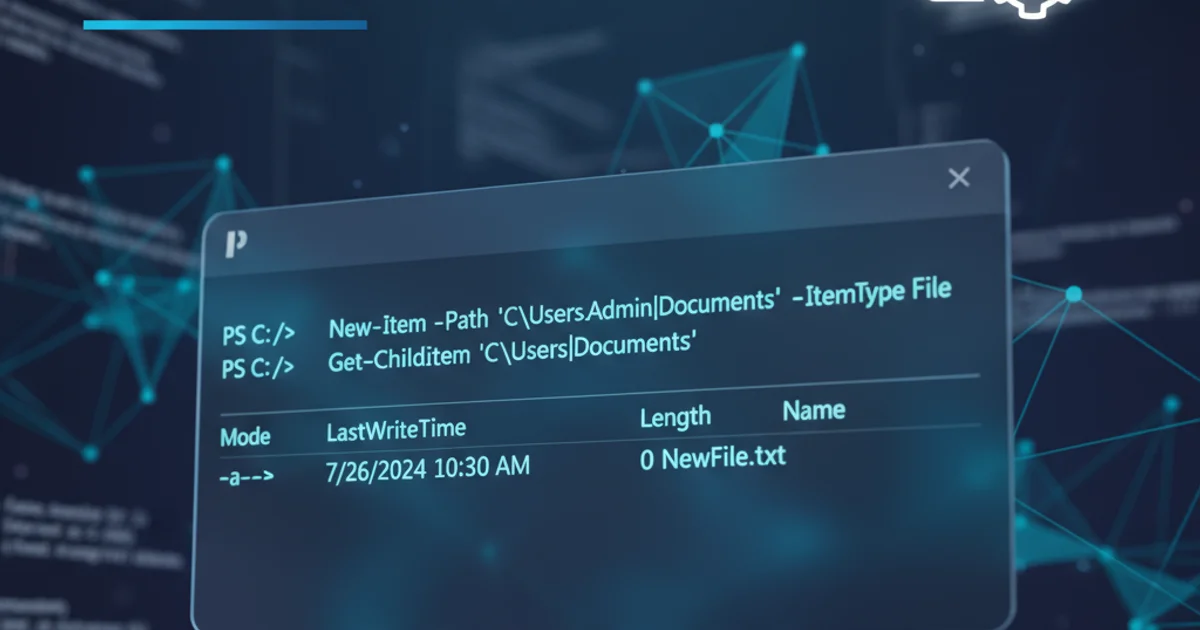How do I comment out a block of tags in XML?
Categories:
Commenting Out Blocks of Tags in XML

Learn the correct syntax and best practices for commenting out single lines or entire blocks of XML tags, ensuring valid and readable XML documents.
XML (eXtensible Markup Language) is a markup language that defines a set of rules for encoding documents in a format that is both human-readable and machine-readable. Like most programming and markup languages, XML supports comments, which are crucial for documenting your code, temporarily disabling sections, or adding notes for other developers without affecting the document's structure or processing. This article will guide you through the proper way to comment out blocks of tags in XML.
Understanding XML Comment Syntax
The syntax for comments in XML is straightforward and similar to HTML comments. A comment block begins with <!-- and ends with -->. Anything placed between these delimiters is considered a comment and will be ignored by XML parsers. This makes it an ideal way to temporarily remove sections of your XML document without deleting them.
<!-- This is a single-line comment in XML -->
<!--
This is a multi-line comment.
It can span across several lines
to explain complex sections or comment out large blocks.
-->
<root>
<element1>Value 1</element1>
<!-- <element2>Value 2</element2> -->
<element3>
<!--
<nestedElement>Nested Value</nestedElement>
<anotherNested>Another Value</anotherNested>
-->
<activeElement>Active Nested Value</activeElement>
</element3>
</root>
Examples of single-line and multi-line XML comments, including commenting out individual tags and blocks of tags.
--) within the comment text itself, as this sequence signifies the end of the comment. For example, <!-- This is -- not allowed --> is invalid and will cause parsing errors. If you need to include --, consider replacing it with -- or __.Practical Applications of Commenting in XML
Commenting is not just for documentation; it's a powerful tool for debugging and managing XML configurations. You can use comments to:
- Temporarily disable elements: If you're testing different configurations or troubleshooting an issue, commenting out specific elements or entire sections allows you to quickly enable or disable parts of your XML without modifying the original content.
- Provide context: Explain the purpose of complex elements, attribute values, or specific data structures for future reference or for other developers working on the same document.
- Mark incomplete sections: Use comments to flag areas that are still under development or require further attention.
flowchart TD
A[Start XML Processing] --> B{Encounter Comment Start `<!--`}
B -->|Yes| C[Ignore All Content Until `-->`]
C --> D[Continue Processing After Comment]
B -->|No| E[Parse XML Element/Content]
E --> F{End of Document?}
F -->|No| B
F -->|Yes| G[End XML Processing]Flowchart illustrating how an XML parser handles comments, effectively skipping over commented-out sections.
Commenting Out Large Blocks of XML
When dealing with extensive XML documents or complex configurations, you might need to comment out large sections that include multiple nested tags. The process remains the same: wrap the entire block you wish to disable with <!-- and -->. This is particularly useful in configuration files where you might have alternative settings or deprecated sections.
<configuration>
<settings>
<mode>Production</mode>
<debug>false</debug>
</settings>
<!--
<featureFlags>
<flag name="NewUI" enabled="true" />
<flag name="ExperimentalSearch" enabled="false" />
</featureFlags>
-->
<database>
<connectionString>Server=prod;Database=main</connectionString>
</database>
</configuration>
Commenting out a large <featureFlags> block within an XML configuration file.